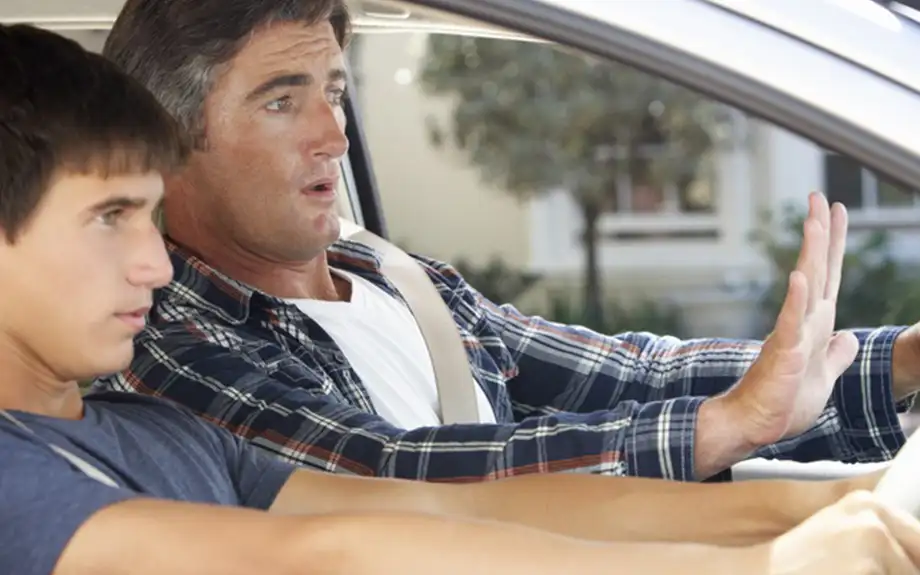Learning to Drive: Emergency Stops
Mar 31 2022 5:08PM
Part 10 of the 'Learning to Drive' series, Emergency Stops. Emergency Stops are used in situations where an obstruction suddenly appears in front of a car.
Learning To Drive: Emergency Stops & The Instructor's Role
An emergency stop occurs in 1 out of 3 driving tests. The instructor follows a set procedure to ensure a safe emergency stop can be performed by the learner driver. The Instructor's Procedure Before performing the emergency stop, your instructor will... Make You Aware - Your instructor will warn you that they will want you to perform an emergency stop. Ensure The Road is Clear & Wide - Your instructor will never get you to perform an emergency stop on a narrow road or a road with any moving cars on it. Observe - Your instructor will observe the road thoroughly for any cars or pedestrians before telling you to perform the emergency stop. Judge The Junction Distance - Your instructor will get you to perform an emergency stop a safe distance from a junction.
Learning To Drive: How To Perform the Emergency Stop Manoeuvre
Stopping
Once the car has come to a complete stop, apply the handbrake, then put the car in neutral gear.
PERFECT MOVE OFF
Once you come to a complete stop you will then have to move off.
- 1) If you have stalled, restart your engine.
- 2) Put the car in 1st gear and set the biting point.
- 3) Perform a 6 point check.
- 4) If clear, release the handbrake and proceed onward.
Note: If a car is waiting behind you, they should wait for you to move off. However, some impatient drivers may try to go around you. If this happens, wait for them to pass.
LEAST MEMORABLE STEP
6 Point Check - The 6 point check is used whenever you move off. This includes after an emergency stop.
MOST MEMORABLE STEP
Restart The Engine - If you've stalled you'll remember to restart the engine, as you won't be going anywhere otherwise.
InsureLearnerDriver HELPFUL TIP
When you're learning to drive, your instructor will probably practice the emergency stop multiple times. Be prepared to practice the emergency stop more than once per lesson.
Skidding
When performing an emergency stop there is a chance the car may skid. Excessive application of the brakes is known to cause skidding, as it can cause the brakes to lock up and the Back Wheels to swing out. The likeliness of this happening increases with wet or icy roads. If your back wheels happen to skid out whilst learning to drive, remember to steer into the direction of the skid. If your back wheels swing out to the left, turn the wheel left. This counteracts the force of the skid. If you turn the wheel in the opposite direction, you actually apply more force into the skid.
Note: Look out for signs warning you of potential hazards.
See what to expect for yourself..
< Read Part 9 'Continued' - Roundabouts (2/2) Read Part 11 - Dual Carriageways >
'Learning to Drive' series - full lesson list
- Cockpit Drill
- Moving Off & Pulling Over
- Approaching Junctions
- Emerging at Junctions
- Meeting Traffic
- Making Progress

